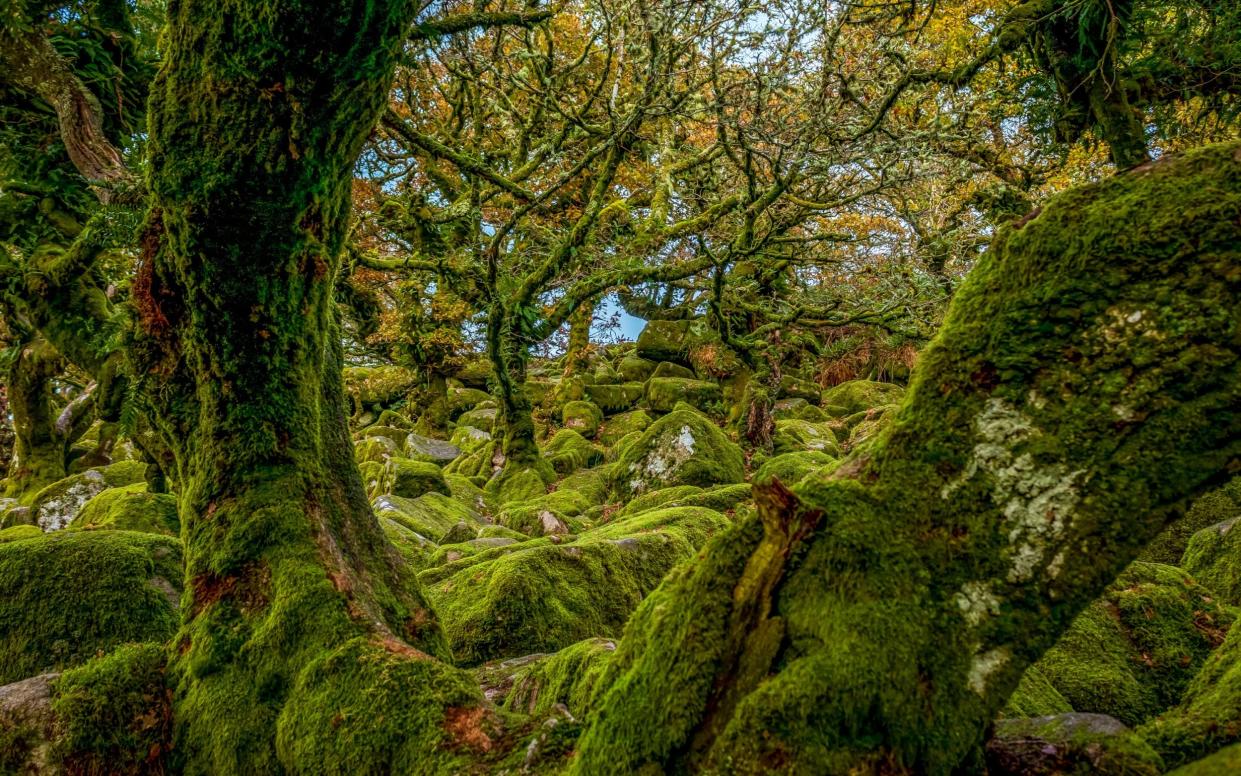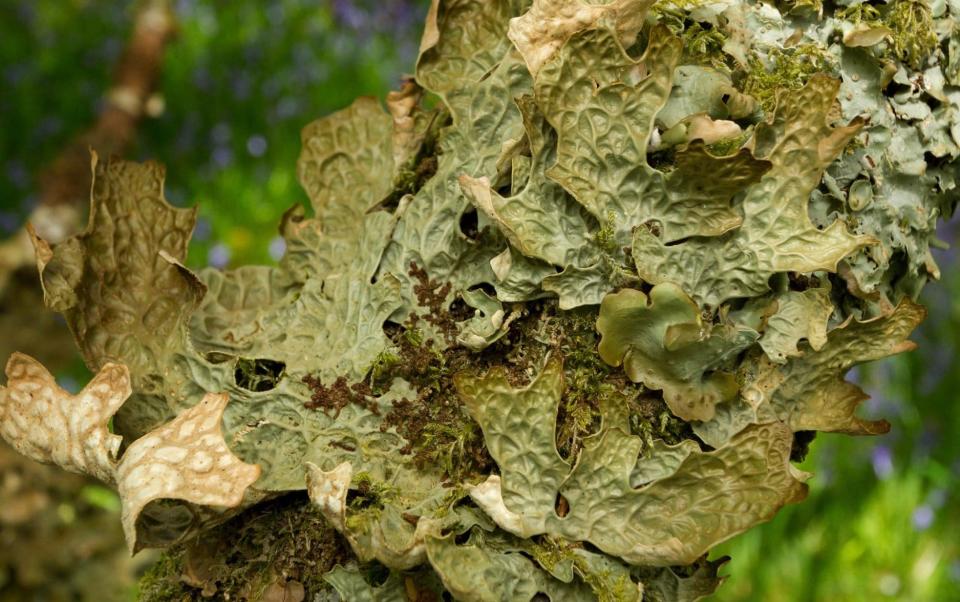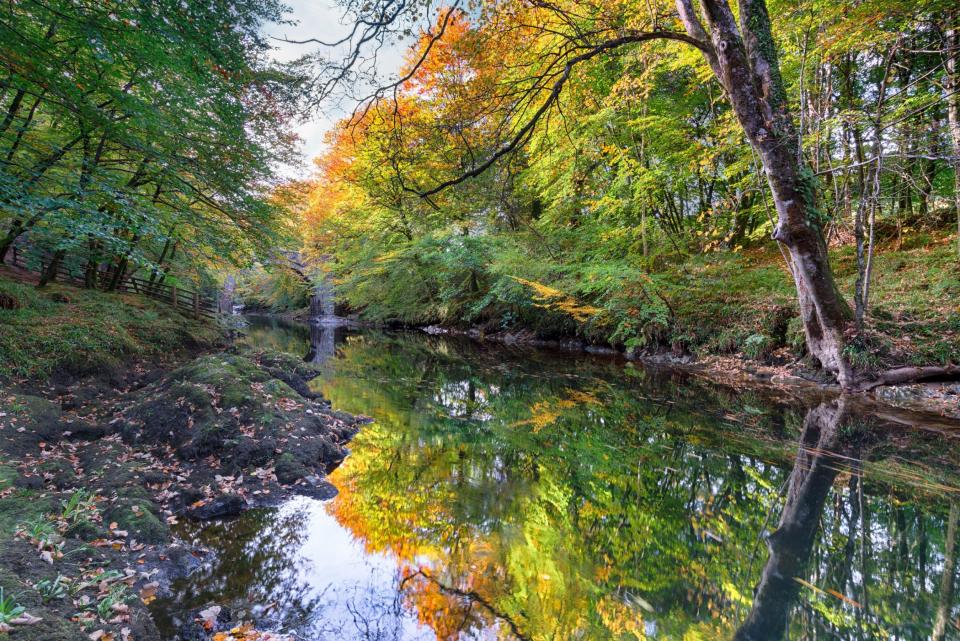I went in search of Britain's last rainforests – this is what I found

One of my most vivid memories is as a seven year old, tramping through thickets of green on the Isle of Eigg in Scotland’s Inner Hebrides.
Giant ferns tickled my nose, gnarled branches, dripping in silky webs of moss, grabbed at my ears, and enormous roots – like the feet of a sneaky giant – tried to trip me up. It felt so unbelievably wild. Was I behind-the-scenes in Jurassic Park, with a triceratops about to come charging through the undergrowth?
I’ve never since been able to recreate that feeling… not trekking through ruined plantations in Cuba nor battling -30°C winds and thigh-deep snow in Russia.

Only recently, more than two decades later, did I learn that I was probably immersed in one of Britain’s temperate rainforests. Similarly to their tropical counterparts, these are thrumming hives of plant and animal life but found in much cooler climes, often hugging an oceanic coast. This rare ecosystem exists only in a handful of spots on earth, including the southern tip of Chile, parts of Japan, New Zealand – and the UK.
Sadly, Britain’s rainforests are slowly vanishing. But a movement has been growing with the aim of identifying and protecting their last vestiges, with Guy Shrubsole, author of The Lost Rainforests of Britain, at the vanguard.
I travelled to Devon to meet him, and learn more about his mission. We met at Grey Park Wood – a 15-hectare shred of rainforest around 25 minutes from Totnes. We’d barely left the car park before Guy was pointing out dog lichens, little emerald trumpets of pennywort and other plant life so typical of this rainforest environment.
“It’s an incredibly special ecosystem,” he said, showing me the white canine ‘teeth’ that identify the dog lichen. “There are particular flora and fauna in Britain that you only find in our rainforests.”

So, in a famously rainy country, I asked, how can people tell they’re in a rainforest and not just another soggy wood? “To qualify as a temperate rainforest, it needs to get more than 1,400mm of rain a year – about twice the amount as London,” Guy explained. “But the easiest way to tell is if you can see epiphytes: plants growing on other plants.”
We’d entered the forest and suddenly everything was swaddled in a blanket of green. Knobbly grandfather oaks stooped over the whooshing River Dart which ran alongside. From branch to root, they were cloaked in a delicate lace shawl of tamarisk moss – shaped like teeny ferns, the kind fairies would make their beds in – from which sprouted tufts of curly kale (actually, I’m told, it’s tree lungwort). It was magical: life bursting from life everywhere I looked.
The temperate rainforest zone once stretched across one-fifth of Britain, from Cornwall to the West of Scotland. Over the past few centuries that spaghetti hash of mosses, lichens and liverworts has been eaten away and now just one per cent of the country is covered in the last fragments. “It’s a tragedy because we have some of the best climatic conditions for rainforests in the whole of Europe,” Guy told me.

The remaining scraps run along Britain’s Atlantic coast – including clumps in Cornwall, Devon, Wales and Scotland. (Could the Eigg wilderness of my childhood have been my first rainforest encounter? Quite possibly, Guy told me).
In Grey Park Wood there was not another human in sight, save our little group. But the forest seemed to vibrate with life, from the earthy smell of damp leaves to the drip drip drip of water trickling off mossy rocks, like a child tapping a xylophone.
A buzzard swooped over the treeline as Guy explained how rainforests are a fantastic place to spot rare birds like pied flycatchers and redstarts. Hundreds of years ago, Britain’s rainforests would have been teeming with lynx, beaver and wild boar. That vision may not be such a distant possibility. Devon has already reintroduced beavers, with rumours that wild cats could be next.
As we skirted the edge of the rainforest, a conifer plantation loomed large and Guy explained the threats facing this fragile ecosystem: “Britain is a rainforest nation but we’ve sadly cut down most of them. Overgrazing by livestock is preventing those remaining fragments from regrowing and spreading.”

We reached a bend in the river, our view stunted by clumps of glossy rhododendron. Guy glared at the offending shrub. “Rhododendrons are an invasive species and very damaging to rainforests,” he said. “Usually if I see some I’ll rip it up and chuck it in the bin.”
He added: “We’re passionate about protecting tropical rainforests. Why don’t we see that same magic and awe on our own doorsteps and protect it? Temperate rainforests are actually rarer than the tropical kind.” With his book, Guy wants to encourage people to take action by writing to their MPs and asking them to support his aim of doubling the size of Britain’s rainforests in a generation.
After the rainforest excursion with Guy, we trundled back to our accommodation: cosy Rosemary Cottage in Dittisham. The bleak moorland landscape was a shock to the system after the fairytale world of the rainforest. Soon that too melted away into cutesy hills and villages rolling down to the Dart Estuary.
The cottage was a two-minute walk down to Dittisham Quay, where a bubblegum pink pub – The Ferry Boat Inn – gave picture-perfect views of the Dart and poured sturdy local brews.
A flash of movement revealed a lone seal seesawing back and forth on the pontoon out the window. It was the kind of experience I’d have spent hours seeking out abroad, googling “bars with best views” and “where to spot seals”. Yet here it all was plonked in my lap – just like our rainforests. The campaign to save them is a perfect reminder of the need to appreciate what’s right in front of us.

Explore the lost rainforests of Britain:
How to do it:
The Lost Rainforests of Britain website has a map detailing where you can find the remaining British rainforests. See lostrainforestsofbritain.org
Marianna stayed at Rosemary Cottage, which sleeps five, courtesy of Rural Retreats. Prices start from £1,304 for seven nights. See ruralretreats.co.uk


